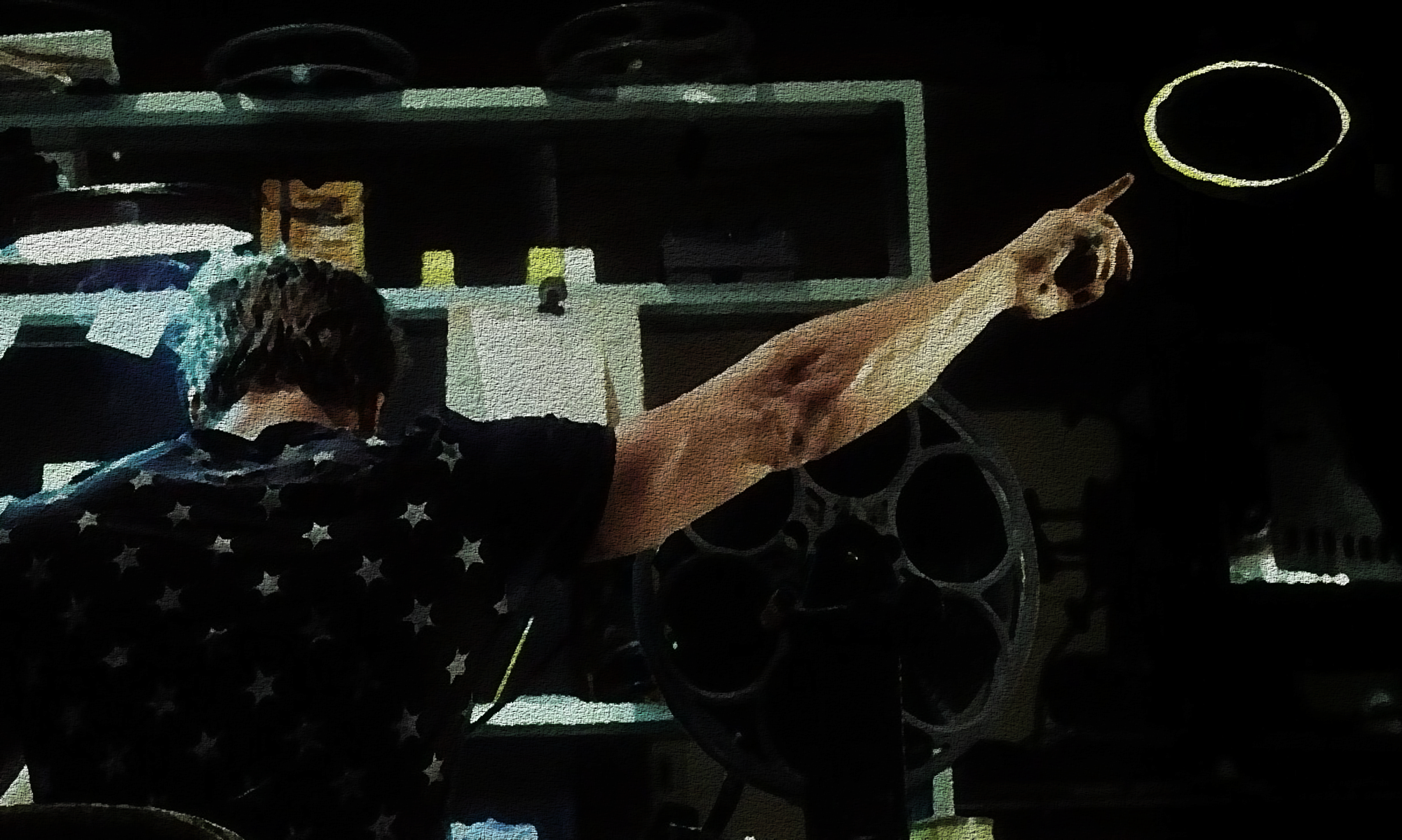In my last post about cutting back/giving up on Social Media and the Internet in order to get back to being creative, I mentioned that I’ve been learning music production on my own. My reasoning was “there are no audio engineering teachers that offer lessons like a guitar or piano teacher would; I’d have to enrol in an audio engineering course at a college somewhere. I’m simply not going to put that kind of time or sink that kind of money into something that is merely a hobby.”
I thought I’d expand a little on how I’ve been tackling learning something like music production using the Internet.
1: Download and print any user guides that are offered by whoever makes the digital tools you use. If they have an online how-to video repository, bookmark it and use it for reference when you get stuck.
2: On YouTube, figure out who has good advice and continue to watch their videos. Then figure out who is simply blowing smoke for sake of getting more clicks and forget about them. You’ll be able to tell pretty quick which is which.
3: Glean the basics from those channels you do end up watching. Don’t take what they say as gospel! Try their instructions, shitcan what doesn’t work and keep what does.
4: Watch interviews with well known producers and listen to them talk about their careers and how they worked on certain songs and/or albums. If you really listen to what they’re saying, you can pick up little tidbits here and there and incorporate them into your workflow.
5: Keep a burner email or two handy because if you find a site that offers multi-tracks for download, grab them and practice with them. The same goes for free plugins; download them and play with them. Sure some are crap, but there are some decent ones out there if you look.
6: Just do it. Set up and record, even if it’s just you playing an acoustic while recording with one microphone. Mix and remix over and over. Try things. Break things. Try things again. There is no right or wrong. Find your own voice.
7: Don’t overly focus on what gear is being used or suggested in the videos you watch. Not everyone can afford a U-47. Learn how to use what you have access to.
8: Don’t overthink. Keep it simple and always serve the song.
